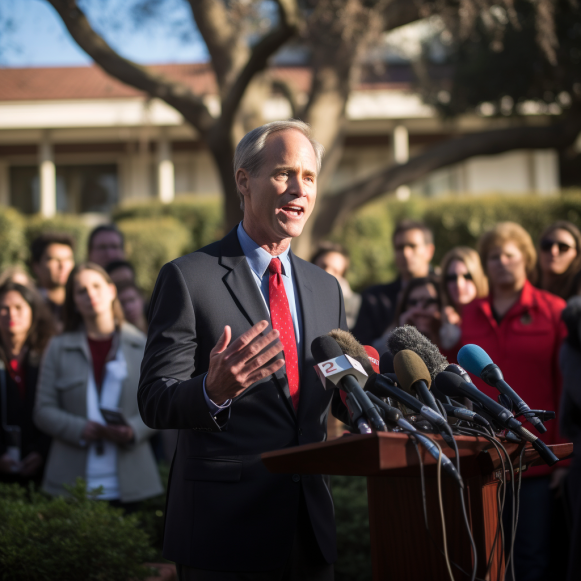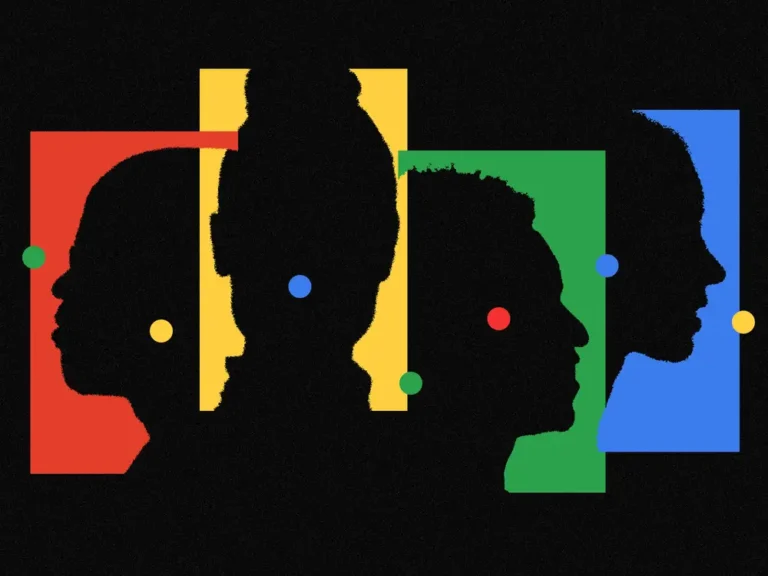Stanford president retracts papers following allegations of altered images

“I regret the impact of these issues on the scientific community,” says Marc Tessier-Lavigne
Stanford University president and noted neuroscientist Marc Tessier-Lavigne has retracted two scientific papers with his name as an author due to evidence that they contained altered images, capping his fall from one of the most prestigious positions in academic research.
The decision, announced in two letters in the journal Science on Thursday, follows Tessier-Lavigne’s resignation as president on July 19 and an official investigation by Stanford’s Board of Trustees into the 2001 research, which described the development and growth of the nervous system.
Tessier-Lavigne’s statements do not specify whether the Photoshopped “beautification,” duplication, and formatting issues — “undermining confidence in the paper’s conclusions,” he wrote — were the result of error or misconduct. No one has blamed Tessier-Lavigne for the changes; his fault was a failure to detect and correct the problems.
When the findings of an article are no longer considered reliable, it is retracted. Because science strives to be self-correcting, retractions play a critical role in correcting the scientific record.
However, they tarnish a reputation, waste scientific resources funded by taxpayer dollars, and undermine public trust in science. Other researchers base their research on previous papers, and those subsequent works are not always flagged. One of Tessier-Lavigne’s retracted papers, described as “a tour de force study” in a separate commentary in Science at the time, has been cited more than 400 times; the other, more than 200 times.
A retraction does not remove a paper from the scientific literature. Instead, it bears a watermark informing readers that the article has been withdrawn.
“I deeply regret the impact of these issues on the scientific community,” Tessier-Lavigne wrote.
Tessier-Lavigne wrote in his letters that junior author Elke Stein, a “visiting faculty scholar” who no longer works at Stanford, disagreed with the decision to retract the papers. Stein did not respond to an interview request.
Tessier-Lavigne, 64, was the 11th president of Stanford. His decision to withdraw the two disputed papers comes on the last day of his seven-year term. In July, Tessier-Lavigne announced his resignation “for the good of the University,” anticipating the ongoing debate over the controversy. He will remain a tenured professor of biology at the university.
Richard Saller, a professor of European Studies and former dean of Stanford’s School of Humanities and Sciences, will take over as interim president on September 1. The university stated that there have been no developments in the search for a replacement.
Meanwhile, there is turnover in the position of university provost, which includes responsibilities as chief academic officer and chief fiscal officer. Jenny Martinez, dean of the Law School, has been named to succeed physicist Persis Drell. Martinez will begin her new job on October 1.
Tessier-Lavigne’s retractions are the culmination of a months-long university investigation, several journal editorials, and a national debate about how science should be policed.
“The retractions are good for science,” said Elisabeth Bik, an image-analysis expert in the Bay Area. The Tessier-Lavigne case was one of many that Bik discovered in scientific papers, resulting in dozens of retractions and hundreds of corrections.
“But all of the authors are damaged,” she added. “And other researchers who based their research on these papers may have been harmed in some way if they relied on data that is no longer reliable.” … They may have put in a lot of effort. “Research is costly.”
Concerns about the images of “Western blots,” a technique used to separate and identify proteins, first surfaced on the scientific online forum PubPeer in 2015, when Tessier-Lavigne was being considered for the Stanford presidency.
Tessier-Lavigne expressed his concerns to Science in 2015. However, the journal never published his correction request “due to an error on our part,” according to editor Holden Thorp, who has since apologized.
Unaddressed, it grew into a silent problem. In late 2022, new publicity appeared in Stanford’s student newspaper, The Stanford Daily, which eventually grew to include 12 scientific papers.Five of those papers were co-authored by Tessier-Lavigne.
In addition to the two retractions in Science, he stated that he would request the retraction of a 1999 paper published in the journal Cell. He is also expected to make significant changes to two papers published in the journal Nature.
These three journals are the pinnacle of scholarly research.
Although journals play an important role in detecting scientific misconduct, they do not have primary responsibility for investigations, according to Dr. Ferric Fang, a microbiologist and journal editor at the University of Washington who collaborated with Bik on an analysis of 20,621 papers that discovered 782 “inappropriate” duplications.
The author’s institution — although Tessier-Lavigne was not present at the time of the incidents — bears responsibility, as does the Office of Research Integrity if funding from the U.S. Department of Health and Human Services is involved.
The Stanford investigation, led by former federal judge Mark Filip and conducted by an outside panel of scientists, discovered additional issues, such as image manipulation and panel duplication.
While Tessier-Lavigne did not personally engage in any scientific data fraud or falsification, Stanford investigators found that his role “fell below customary standards of scientific rigor and process,” particularly for such a potentially important paper.
According to Bik, the retractions and resignation serve as a warning to senior investigators to keep a close eye on how digital images are edited. They also demonstrate that scientists are held accountable for upholding research integrity standards.
“Medicine relies on reliable science,” Bik explained. “If research misconduct is discovered, there should be consequences.”






